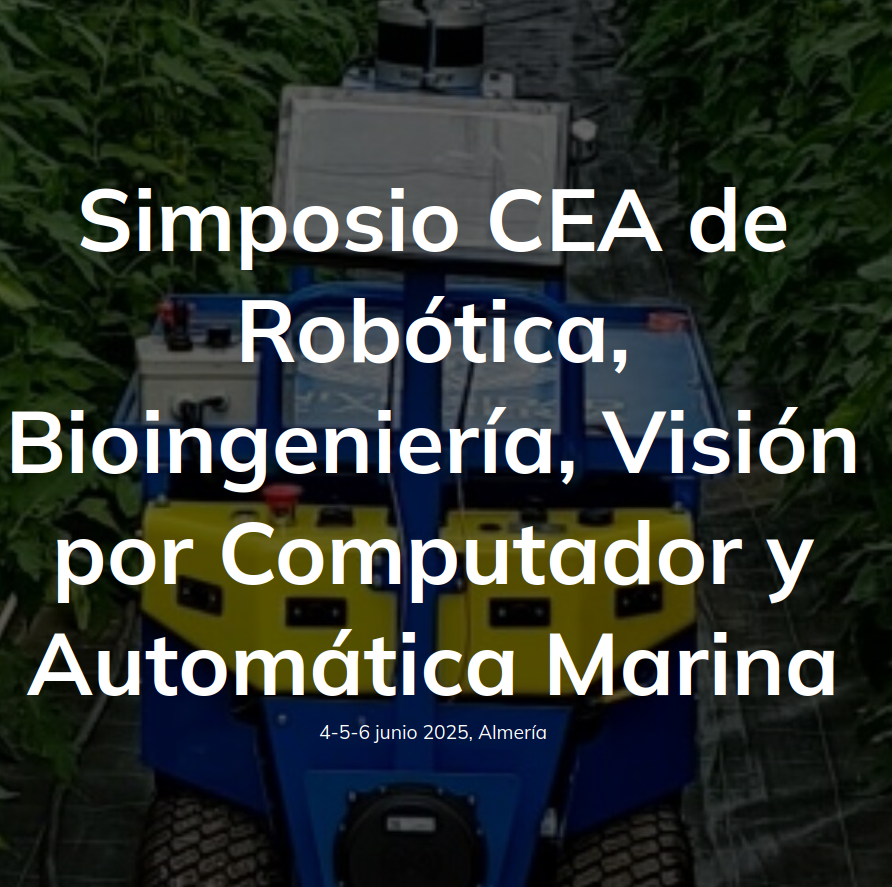Algebraic Machine Learning for Robotic Garment Unfolding
DOI:
https://doi.org/10.64117/simposioscea.v1i1.35Palabras clave:
Perception and sensing, Autonomous robotic systems, Robots manipulators, Machine learning, Garment manipulationResumen
The demand for robots capable of performing assistive tasks has increased due to the need to support people in various environments, such as healthcare and domestic settings. However, among all possible tasks, those involving the manipulation of deformable objects—such as fabrics—pose a greater challenge. This work presents an implementation of robotic cloth manipulation using the TIAGo++ robot and algebraic machine learning (AML) algorithms. These algorithms allow for the definition of rules that are constructed from the model’s inputs and outputs during training. AML is applied as a regression problem to estimate the optimal pick and release points of the folded cloth. Then, using an RGB-D camera, the 3D positions of these points are obtained, and a manipulation routine is executed to unfold the cloth. The point estimation in the image has been evaluated by comparison with a standard convolutional neural network. Finally, experiments were conducted on the complete folding task—comprising both perception and manipulation—demonstrating the effectiveness of the proposed implementation.





